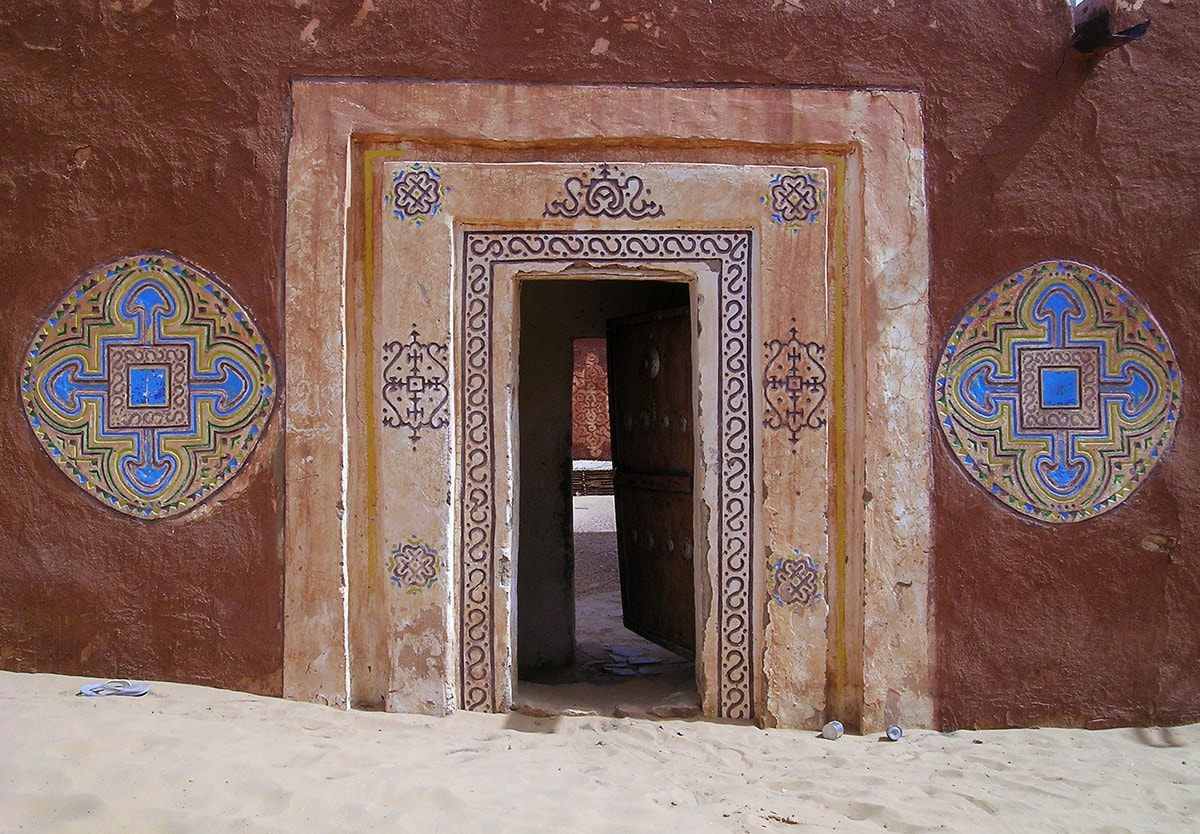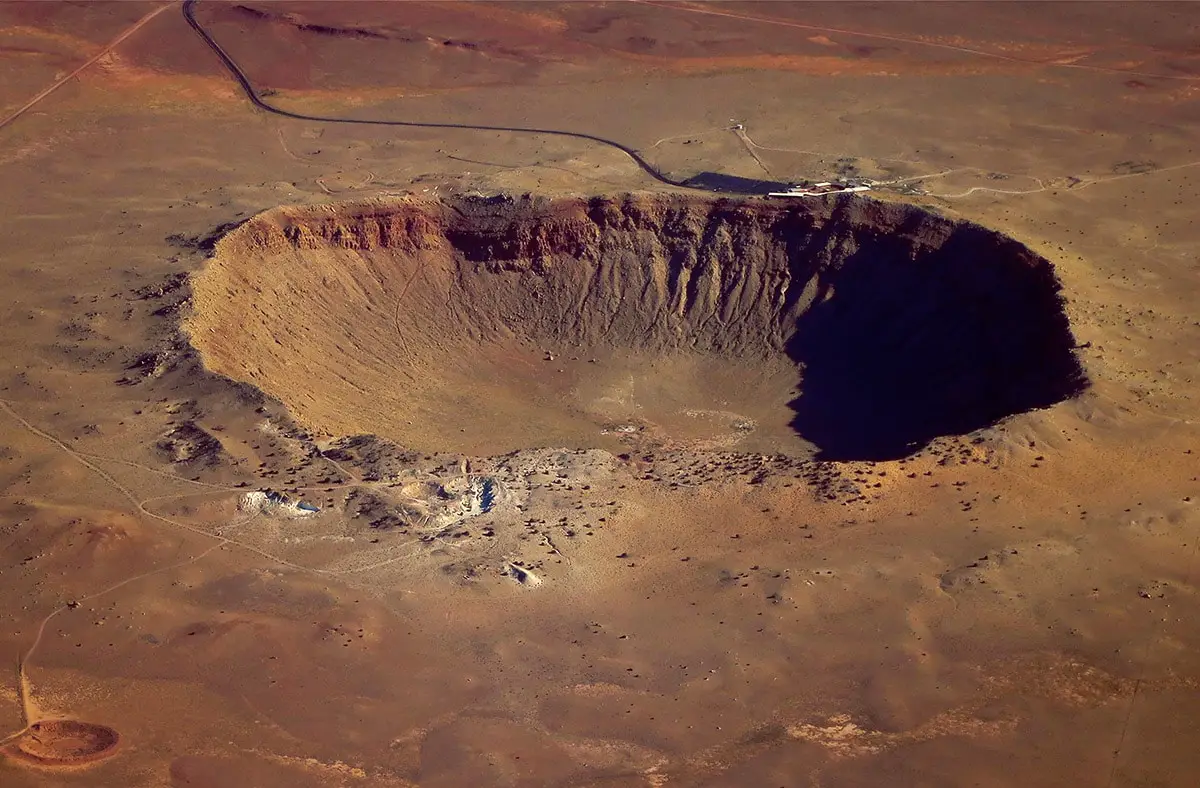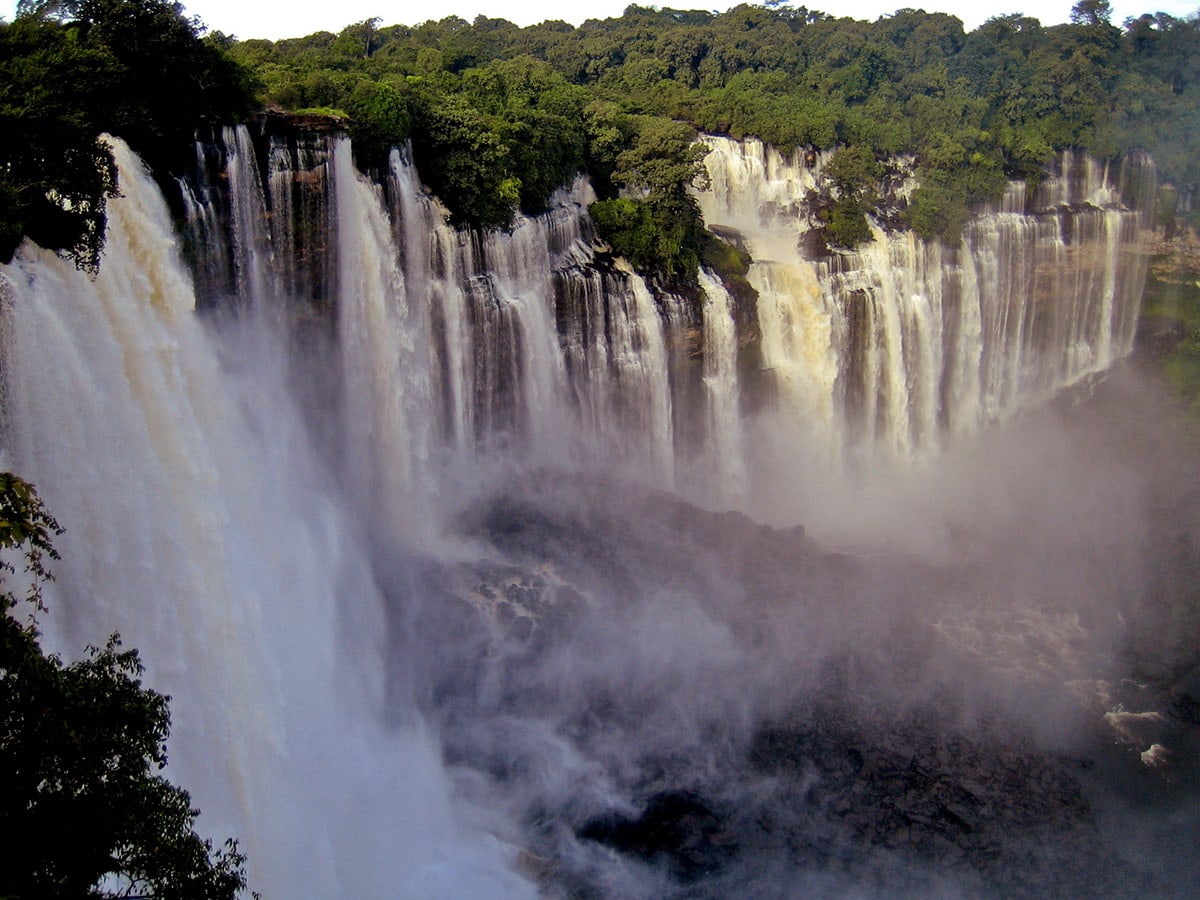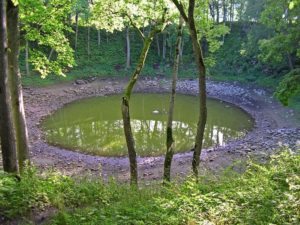World 🢖 Africa 🢖 Mauritania
Impact craters 🢔 Geological wonders 🢔 Categories of wonders
Wonder
Temimichât-Ghallaman crater (Temimichat-Ghallaman crater)
 In short
In short
Temimichât-Ghallaman crater is a very remote, large crater of unclear origin. Most likely it has been created by large meteorite but this has not been proved yet.
 40.8%
40.8%
GPS coordinates
Location, address
Alternate names
Diameter
Depth
Age
Map of the site
If you see this after your page is loaded completely, leafletJS files are missing.
 In detail
In detail
Temimichat-Ghallaman crater was known to locals and was described by French explorer Théodore Andre Monod already in the 1950s. Nevertheless few scientists have visited this remote site in the inhospitable, almost lifeless plains of northern Mauritania.
This crater is well visible on satellite images or in nature, but it is more eroded than the other great Mauritanian craters – Tenoumer and Aouelloul craters – thus it might be rather old.
Crater is formed in crystalline bedrock – 3.5 billion years old Precambrian gneisses and gabbro of Reguibat shield.
Rims of the crater are partly eroded, their height fluctuates from some meters to 35 m. The original circular form has been lost and now the crater looks rather hexagonal. The crater is filled with sediments – aeolian sand and silt.
The origin of this crater is unclear. Meteorite impact is just one of the possible explanations, although some aspects of the disturbed rocks show a possible impact event – re-melted granitic clasts, deformation effects, on the edges of crater are some blocks that seem to have a glassy cover.
References
- Rossi, A. P.; Baliva, A.; Piluso, E., New Indications for an impact origin of Temimichat crater, Mauritania. EGS – AGU – EUG Joint Assembly, Abstracts from the meeting held in Nice, France, 6 – 11 April 2003, abstract #7403. Accessed on December 26, 2012.
Temimichât-Ghallaman crater is included in the following article:
 Linked articles
Linked articles

Wonders of Mauritania
Almost all of Mauritania today is desert – somewhere desolate, somewhere – with some plants, lakes, and animals.
In earlier times nature here was less harsh, and great cultures developed. People from those times have left countless cliff paintings and etchings, megaliths, and abandoned towns.
Nature of Mauritania also provides surprises – giant, smooth, and very dark granite monoliths that rise hundreds of meters above the desert, and even a wealth of life – millions of birds at the ocean, or unusual dwarf crocodiles in the desert plateau of Tagant.

Impact craters
There are many pieces of solid matter flying around in space. And VERY frequently they fall on the surface of the Earth. There are estimates that every year on Earth fall 18,000 – 84,000 meteorites larger than 10 grams: e.g. one meteorite every 6 – 30 minutes.
This category includes outstanding impact craters – detectable scars on the surface of Earth left by a body coming from outer space. The category includes also meteorites – natural objects from outer space.

Wonders of Africa
Africa has many outstanding wonders and some of the most surprising ones are the heritage of Egyptian civilization, the vernacular architecture of the Sahel region, tropical ecosystems, and others.

